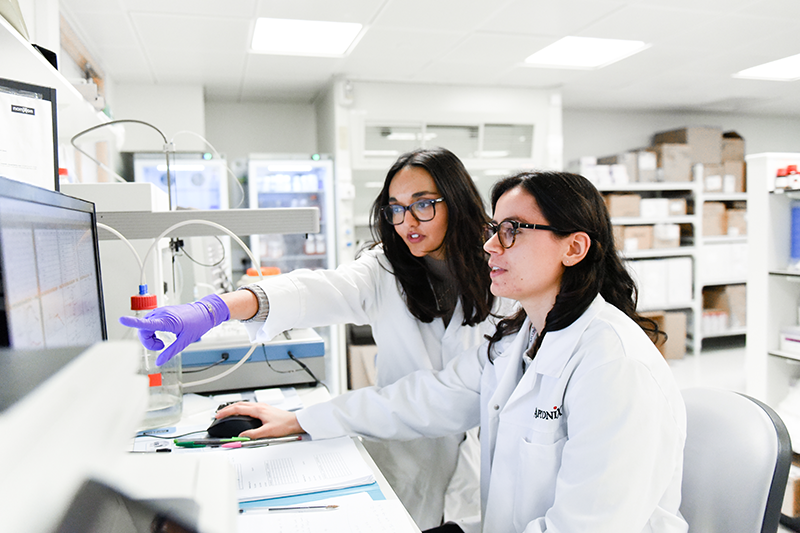Ion Channel Screening
Whether you want to explore an ion channel as a potential new target or understand cardiovascular liability, seizure or other liabilities, ApconiX can help you with our electrophysiology expertise, customer-focused flexibility and rapid delivery of high data quality. The services we offer include hERG screening and CiPA assays, a seizure panel of 15 ion channels and a MicroElectrode Array assay using human derived neuronal stem cells. These are complemented by a wide range of assay development and ion channel screening services.
The Ion Channel Screening Services’ pages have been translated into Spanish and Catalan. Please click on the flags below to select a language:







